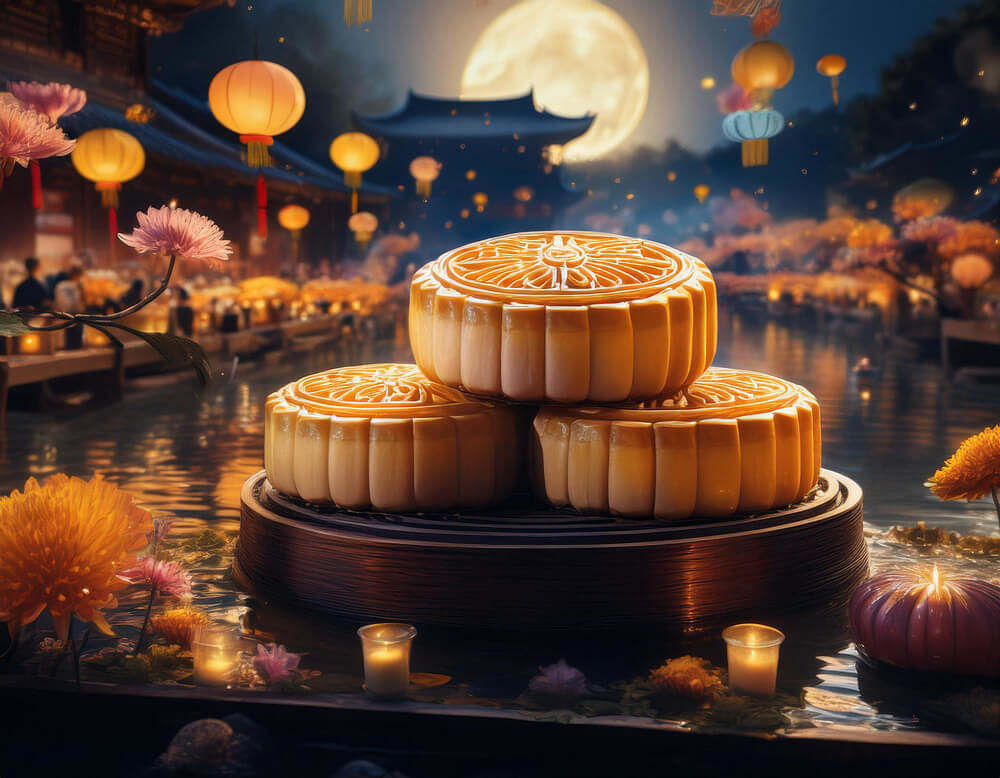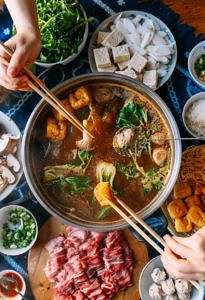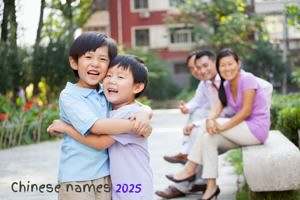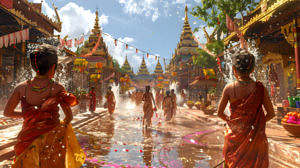Celebrating Mid-Autumn Festival 2024
Traditions, Foods, and Activities Across Asia
As the summer heat gradually gives way to the cooler breezes of autumn, several parts of Asia gear up for one of the most significant and widely celebrated Festivals in Asia of the year—the Mid-Autumn Festival. Known for its rich cultural significance and vibrant festivities, the Mid-Autumn Festival, or Moon Festival, brings together families and communities under the luminous full moon. In this article, we delve into the essence of this enchanting festival, exploring its dates, traditional activities, and the myriad ways it’s celebrated across different Asian cultures.
When is Mid-Autumn Festival 2024?
The Mid-Autumn Festival is celebrated on the 15th day of the eighth month according to the lunar calendar, coinciding with a full moon night. In 2024, this falls on September 17th. This date marks not just a celebration but a time for reunions and thanksgiving.
Historical Background and Significance
The festival has its roots deeply embedded in ancient Chinese tradition, where it began as a harvest festival. The Chinese Mid-Autumn Festival is often linked to the myth of Chang’e, the Moon Goddess, adding a layer of mythological significance to the celebrations. This tale, along with other legends and historical events, enriches the cultural fabric of the festival.
Celebrations Across Asia
China
In China, the festival is marked by the preparation of the iconic mooncake, a delicacy that symbolizes completeness and abundance. Families gather to share mooncakes while admiring the beauty of the full moon, a practice believed to bring good luck and prosperity. Lantern displays and dragon dances are also prominent, especially in southern parts of China where lantern parades light up the streets.
Vietnam
Vietnamese culture celebrates the Mid-Autumn Festival, known as ‘Tết Trung Thu’, with a focus on children. Festivities include lantern parades, lion dances, and the distribution of toys and gifts to children. Traditional foods like mooncakes and ‘bánh pía’ are enjoyed, and families spend time together, often telling stories and singing under the moonlight.
Korea
The Korean version of the festival, known as Chuseok, is primarily a time of giving thanks for the autumn harvest. It’s one of the most important and festive holidays of the year. Koreans visit their ancestral hometowns, perform ancestral rites, and prepare a feast of traditional foods such as ‘songpyeon’—a type of rice cake—and other Korean delicacies.
Traditional Foods and Activities
The Mid-Autumn Festival is also a culinary delight. Apart from mooncakes—which come in various flavors from the traditional lotus paste to modern chocolate-filled—other foods like taro, pumpkin, and seafood are commonly consumed during the festival. Activities during the festival are aimed at enhancing the union of family and friends. These include:
- Lantern Making and Lighting: A traditional and fun activity for all ages, crafting lanterns is both a communal and creative way to celebrate.
- Moon Gazing: Perhaps the most serene of the festival’s activities, families gather in open spaces to admire the beauty of the full moon.
- Riddle Games: Often written on lanterns, solving riddles can be a delightful challenge during the festivities.
The Mid-Autumn Festival is a time of joy and celebration across Asia. It is a beautiful blend of traditional customs and modern festivities that highlight the rich cultural heritage of each country. Whether you are admiring the full moon, sharing a mooncake, or watching a lantern parade, the festival offers a unique way to experience the warmth and hospitality of Asian culture. So, as we approach September 17, 2024, let’s prepare to say “Happy Mid-Autumn Festival” and immerse ourselves in the rich traditions and joyful celebrations of this enchanting festival.
Mid-Autumn Festival Decorations and Symbols
One of the most visually captivating aspects of the Mid-Autumn Festival is the decorations that adorn public spaces and homes. Common symbols associated with the festival include the moon, lanterns, rabbits, and pomelos. These symbols not only decorate the surroundings but also carry significant meanings:
- Moon: Represents completeness and prosperity in life, reflecting the full moon’s shape.
- Lanterns: Illuminate the path towards good fortune and happiness. They are also used to decorate streets, homes, and public areas, creating a festive atmosphere.
- Rabbits: Linked to the moon in folklore across various cultures, rabbits are believed to be companions of the moon goddess and are symbols of longevity and selflessness.
- Pomelos: Eaten during the festival and used in rituals, they symbolize family unity and abundance.
Cultural Performances and Crafts
During the Mid-Autumn Festival, various cultural performances such as dragon and lion dances are common, especially in communities with strong Chinese influences. These energetic performances are thought to bring good luck and drive away evil spirits. Additionally, craft workshops where participants can create their own lanterns or traditional toys become popular gathering spots, fostering a sense of community and creativity.
Environmental Considerations
As modern celebrations of the Mid-Autumn Festival become more elaborate, there is a growing awareness of the environmental impact associated with some traditional practices, particularly the use of lanterns. Many communities are now encouraging the use of biodegradable materials or are moving towards electronic lanterns to minimize waste and prevent fire hazards.
Educational and Community Impact
The festival also presents an opportunity for educational programs that teach younger generations about the historical and cultural significance of the Mid-Autumn Festival. Schools and community centers often organize events and activities that involve storytelling, traditional games, and food preparation classes, helping to keep the cultural heritage alive.
Global Celebrations
As Asian communities have spread around the world, the Mid-Autumn Festival has found new expressions in diverse contexts. Cities like San Francisco, London, and Sydney host their own versions of the festival, complete with local adaptations and the participation of non-Asian communities, demonstrating the festival’s universal themes of kinship, gratitude, and renewal.
Welcoming the Festival
As we edge closer to the Mid-Autumn Festival in 2024, it’s a wonderful opportunity to engage with the traditions that have been passed down through generations and to create new memories with friends and family. Whether you’re participating in lantern making, enjoying a moon-viewing party, or simply sharing a meal with loved ones, the Mid-Autumn Festival is a poignant reminder of the beauty of the changing seasons and the joys of communal celebration.
So mark your calendars for September 17, 2024, prepare your mooncakes and lanterns, and get ready to join in the festivities of the Mid-Autumn Festival, a spectacular celebration of lunar appreciation and cultural heritage that brightens the autumn season across Asia and beyond.







